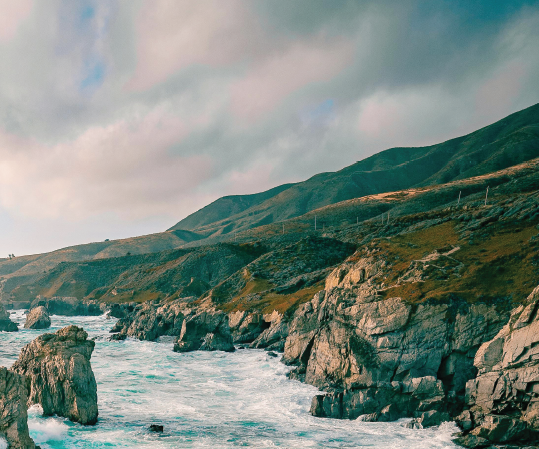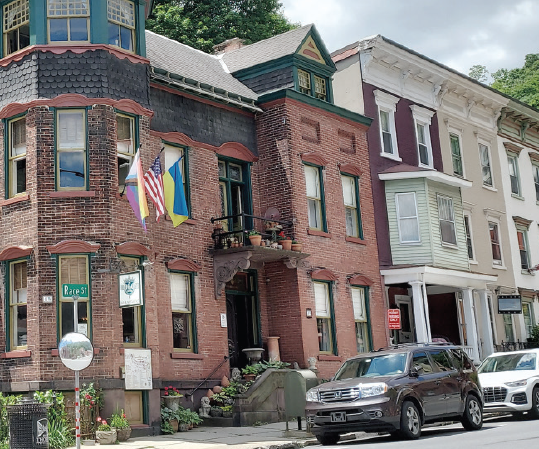Meandering up the northern coast of California are several pockets of old growth redwoods, relics from a time when the mountains were cloaked in these massive trees. They lay undiscovered until later in the 1800s when logging devoured much of our state’s forests. At the same time, people were beginning to recognize the importance of land preservation and Armstrong Redwoods State Natural Reserve, tucked into a small valley north of Guerneville, is the story of a lumberman’s vision.
Silent Sentinels

Encompassing 805 acres, and now nestled against the Austin Creek State Recreation area, ARS was lucky to be spared the logger’s axe. Civil war veteran and businessman Colonel James Boydston Armstrong purchased 440 acres of the pristine area. Himself a lumberman operating mills in nearby Guerneville during the 1870s lumber boom, he deeded his property to his daughter Kate, with hopes of it one day becoming a nature reserve and arboretum. They began to seek ways to permanently preserve his cherished grove of redwoods. It would not be until 1917, after the Colonel and Kate’s death, and due to the efforts of Kate’s surviving sister, Lizzie Armstrong Jones, that the city of Sonoma agreed to purchase the property for $80,000.
Sonoma County would operate the park until 1934, when the State took financial ownership, and in 1936, the Grove was opened to the public as Armstrong Redwoods State Park. It took considerable vision, when you realize this was during the heart of the Great Depression, for the State to be willing to invest in the future. In 1964, as understanding of the importance of preserving old growth forests increased, the ARS became a State Natural Reserve.
A Trail Through Time

The park includes a must-see visitor’s center that provides a good history, as well as informative docents who can answer any questions. With self-guided nature trails ranging from easy to strenuous, the park offers an ADA accessible 1.5-mile Pioneer Nature Trail loop on the valley floor, as well as routes up the hillslopes with as much as a 1500 foot climb. There are also picnic facilities, although there is no camping inside the park.
The Pioneer Nature trail escorts you past several named trees including Parson Jones (310 feet) and Armstrong (1410 years old). Watch for the curious Icicle Tree, where the bark burls appears to be trickling away from the tree in long “icicles.” There are comfortable wooden benches for rest and contemplation of the ancient sun-dappled trees. Pause, for there is a something soothing in listening to the ancient silence.
Do visit the Redwood Forest Amphitheatre, a short side trail off the loop, which still features regular concerts and dates from the early 1930s. Program information is available at the Visitors Center. The stage is raised earth and stone, and the wooden benches fan outwards beneath the great trees. Let your inner thespian out with an impromptu performance, and you’ll be surprised at the area’s acoustics!
The park is a lovely drive from Santa Rosa through wine country and into the mountains. The fee to enter the park or to park in the main parking lot at the park entrance $10.00 per vehicle. The fees are due whether the kiosk is staffed or not. With an annual average of 55 inches of rain – keep an eye open for the yellow banana slugs which live such moist climate – it’s wise to be prepared for possible weather; check the forecast before you start your hike. To learn more, and to download a trail brochure, visit bit.ly/ArmstrongReds.





